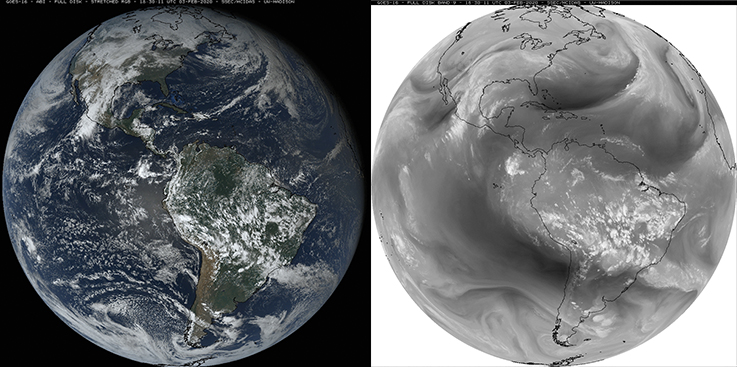
Evidence of the presence of water in our atmosphere is ubiquitous.
Water occurs in the Earth’s atmosphere in all three of its phases — solid (snow and ice), liquid (rain and dew) and gas (invisible water vapor).
In the next weeks, as we begin to emerge from winter and enter spring, we may begin to see more dew on the ground and on the windshields of cars in the morning. The air nearly always holds some amount of water vapor. Dew is liquid water that condenses overnight onto objects when the air that contains the water vapor cools to a sufficiently low temperature.
One of the important and microscopic characteristics of the condensation process is that water vapor will not condense into liquid water very easily unless it condenses onto a foreign object, such as the tiny hairlike structures on grasses or dust and pollen particles on windshields. In fact, on particularly dewy mornings, if you wait for the dew to evaporate you may find yellow stains on your windshield that are left as the liquid water evaporates leaving the pollen particles on which it originally condensed.
The formation of raindrops requires a similar collection of foreign objects upon which water vapor can condense. Such objects are known as cloud condensation nuclei, and a great number of naturally occurring substances can serve this role, including dust particles, smoke particles, salt particles, pollen grains, particulate matter from smokestacks and naturally occurring aerosol particles.
Without these cloud condensation nuclei, the formation of cloud liquid water droplets, and eventually precipitation-size particles — which are 1 million times more voluminous — would be considerably more difficult in our atmosphere. In that case, rain and snow would be rare occurrences, and life on the planet would be put at risk.
Steve Ackerman and Jonathan Martin, professors in the UW-Madison department of atmospheric and oceanic sciences, are guests on WHA radio (970 AM) at 11:45 a.m. the last Monday of each month.

